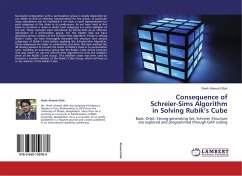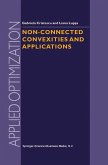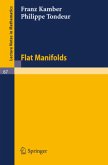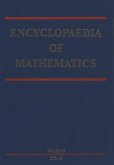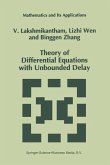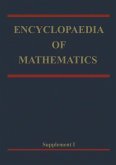On January 30, 1975 Ernd Rubik j r. , professor of architecture and design in Budapest, was granted the Hungarian patent number 170062 for a "terbeli logikai jatek"-a game of spatial logic. Between 1978 and March 1981 this object-Bt1vos Kocka in Hungary, der Magische Wiirfel or Zauberwiirfel in Germany, Ie Cube Hongrois in France and the Magic Cube or Rubik' s Cube in Great Britain and the USA-has sold more than ten million copies. And they were not merely sold! A highly contagious "twist mania" has been spreading throughout families, offices and waiting rooms. Many classrooms sound as if an army of mice were hard at work behind the desks. What is so fascinating about this cube, which competes with Hungar ian salami and the famous Tokajer wine in the currency-winning export market? For one thing, it is an amazing technical tool. How does it work? Moreover, the contrast between its innocent, innocuous appearance and the hidden difficulty of its solution offers a serious challenge to all puzzle fans, but especially to those mathematicians who are profeSSionally concerned with logical deduction.


